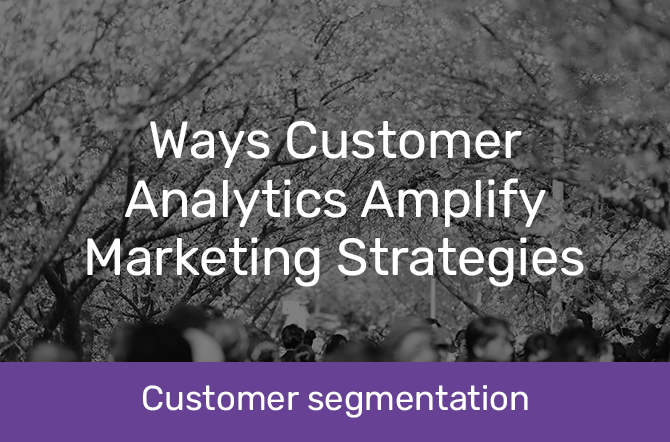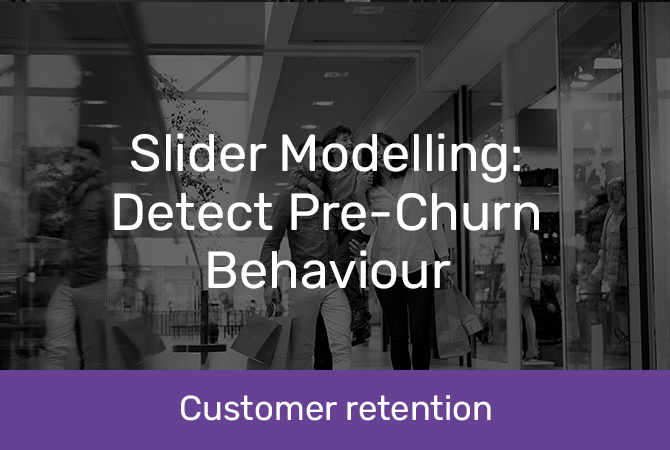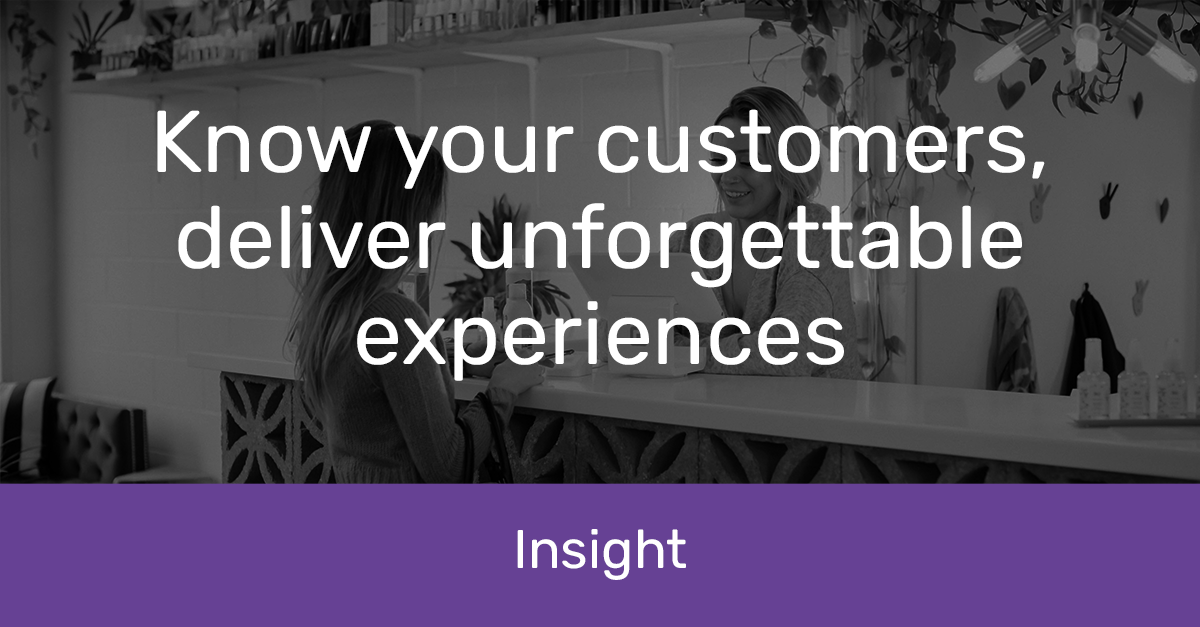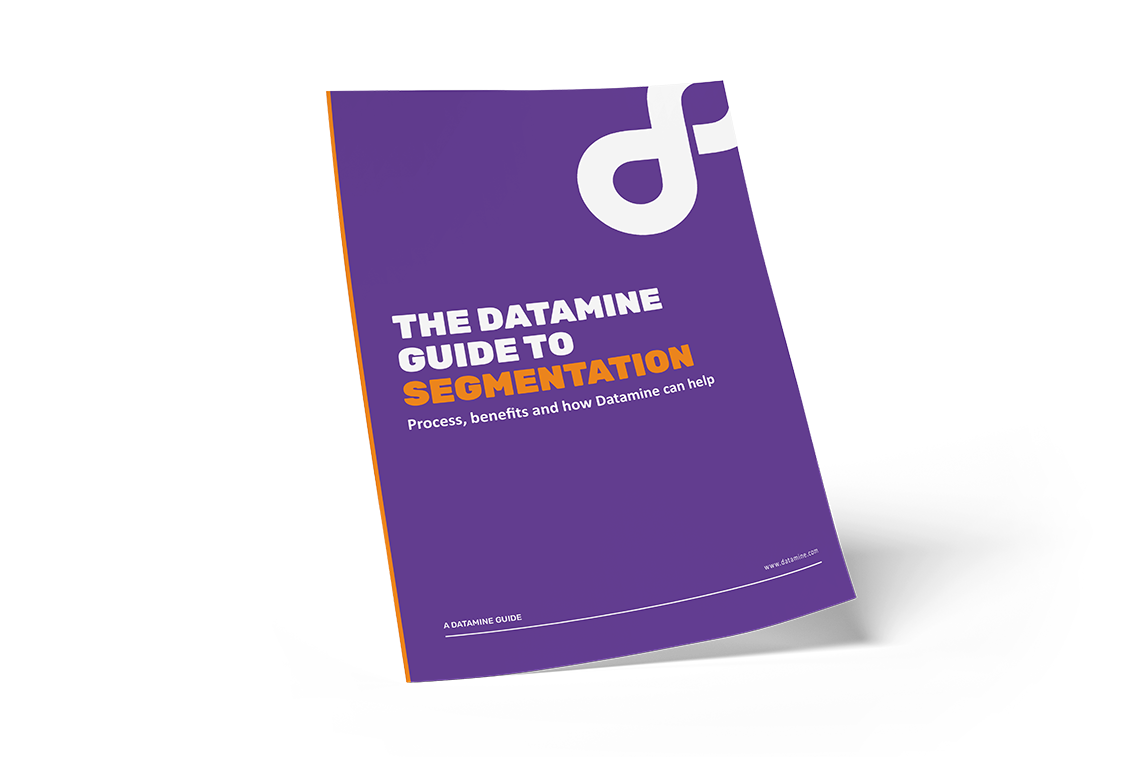Segment your customer base to better understand and communicate with your customers.
Learn their drivers & demographics for marketing your business.
Segment your customer base to better understand and communicate with your customers.
Learn their drivers & demographics for marketing your business.
Customer segmentation is an analytics technique that involves sorting customers into groups based on shared characteristics. These can be demographic details such as age, location or income bracket, behaviours like previous purchases or browsing patterns, or preferences shared in a survey or feedback form.
Groups defined in a segmentation analysis can be used to refine marketing strategies and target customers based on those shared characteristics. They can also be used to focus resources on the customers likely to bring in the most income, maximising the impact of your marketing budget.
Datamine’s customer segmentation services are extremely flexible – we can group customers by characteristics, the products they purchase and even the specific store location they prefer. We can use a combination of your business data, information from external sources and market research to build a full, accurate picture of your customers.
Customer segmentation is important because it helps your marketing team target customers more accurately and focus their energy in the right place. It helps you build a deeper understanding of your customer base, which can feed into new sales, marketing, product development or store location decisions.
For your customers, segmentation also offers benefits. In a world filled with generic marketing and ads, segmentation helps you cut through the noise with relevant, timely messages. This personalised, targeted approach helps you improve the customer experience – keeping them coming back for more.
The benefits of segmentation include increased personalisation, better use of resources, an improved customer experience and, as a result, reduced churn.
Segmenting your customers lets you target your marketing rather than taking a broad-brush approach. Targeting makes it more likely that your communication channels, marketing messages and wider approach will be relevant to your customers, improving engagement and conversions. Your team can also use strategies such as remarketing and keyword targeting with particular groups to boost those outcomes even further.
Identifying customers at risk of churn gives you an opportunity for retention strategies to keep them around. For example, loyalty programmes, personalised support, recommendations and offers can help reduce churn rates.
A better understanding of your customer base helps you focus your marketing budget and other resources where they will be most effective. This can mean targeting high-value customer groups with intensive marketing or focusing your efforts on sales, support or product development in response to segmentation insights. Either way, the goal is to invest where it counts and maximise the value of your budget.
The more you know about your customers, the easier it is to build a better customer experience. This might look like sending personalised deals and discounts, channelling customers into different sales funnels, or recommending products or services based on past behaviour.
Types of customer segmentation include strategic, marketing and operational. While these approaches use the same customer data, each has a different purpose.
Strategic segmentation delivers insights that help you shape your organisational strategy. For example, business leaders may use customer segments to make decisions about store locations, staffing, stock levels or market positioning. Segmentation data could also be used to model potential outcomes, giving leadership teams clarity as they make significant calls or set new business goals.
![]()
Probably the best-known form of segmentation, this approach uses customer segments to refine marketing campaigns and messaging. With segmentation data, your marketing team can create segments or personas based on behaviour, demographics and other information, and use these to guide marketing decisions. Each group essentially goes through a different customer journey, with relevant messages, channels, offers and message frequency.
![]()
This type of segmentation uses customer groups to inform operational choices. This means that customers in different segments receive different greetings in-store, service levels and even prices. For example, a B2B business might give businesses above a certain size a dedicated manager, while smaller businesses speak to whichever sales assistant is on-site.
What type of segmentation could work for your business? Talk to one of our expert team members to find out.






When a large FMCG client wanted to shift from a product focus to a customer-centric approach, maximise its marketing spend, and gain new insights into its customer base, it turned to Datamine for help. Through a data analytics and segmentation process, it was able to build a detailed picture of its customers and use those insights to change its marketing approach.
The process
Datamine gathered daily transactional data from the client’s 60+ stores and then merged and analysed the data to generate critical marketing information about each ‘household’ that shopped with the retailer.
Datapoints included:
These insights were delivered through a secure online dashboard, making them easy for the marketing team to view and use.
The result
The process identified one segment of the customer base that outpaced others in terms of spend and profitability. The customers in this segment were more likely to be:
Although this segment made up only 8% of the total customer base, it accounted for 29% of total customer spend. The retailer focused on providing more relevant and timely offers to this group – and achieved higher promotional response rates and a significant return on investment as a result.
Pricing customer segmentation is variable, as solutions are different depending on the size of your business, the scope of the project and your need for ongoing support. The Datamine service can include design and implementation, embedding your segmentation throughout your organisation and providing ongoing support and advice.
To find out more about pricing options, talk to one of our experts.
Customer segmentation can unlock audience insights and help your organisation connect with customers on a new level. Datamine works closely with clients through the data gathering, analytics and segmentation process, ensuring that your team has input at every point.
After over twenty years of working with clients across a range of industries in both New Zealand and Australia, we know how to turn data into actionable insights.
Looking for more insight into your audience? Talk to the Datamine team about segmentation solutions.
What could segmentation look like in your organisation? Fill in our contact form, and we’ll get in touch to talk through your options.
Stay in the loop with our latest updates by signing up for our newsletter today!